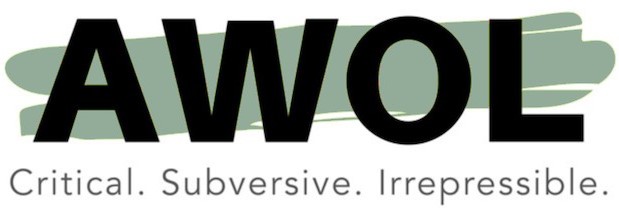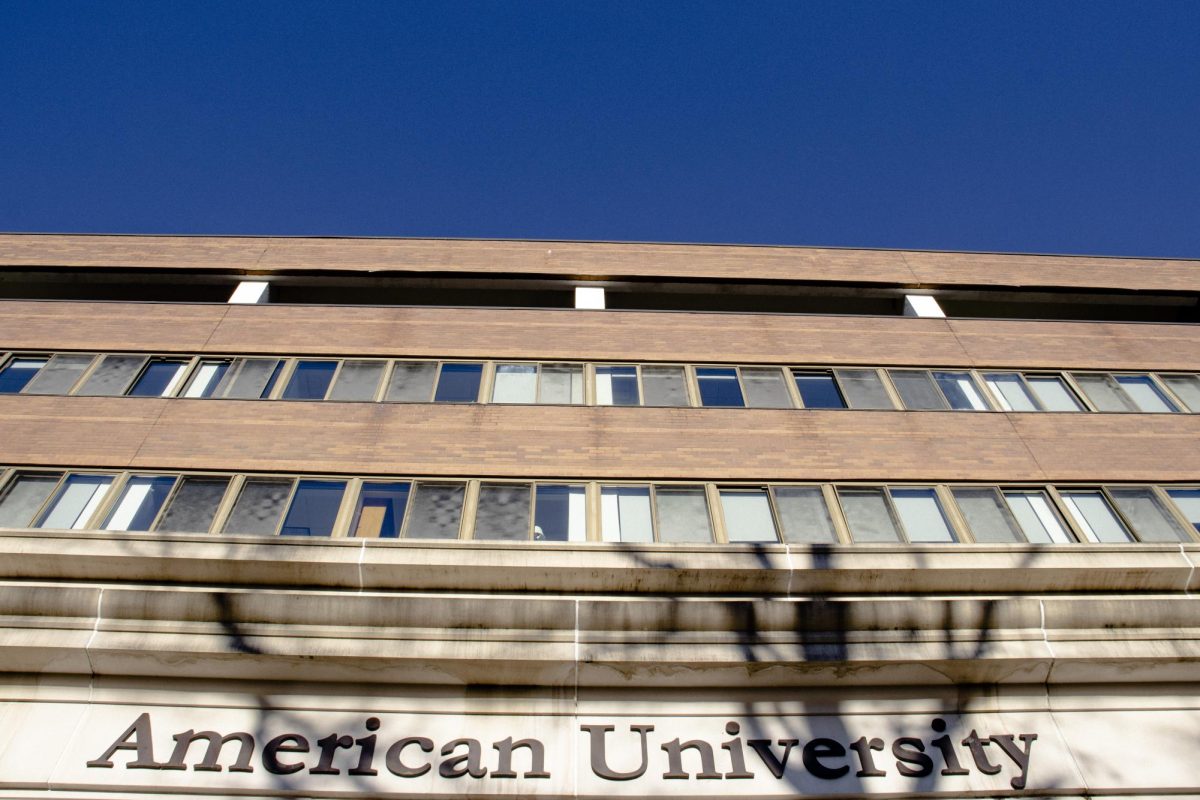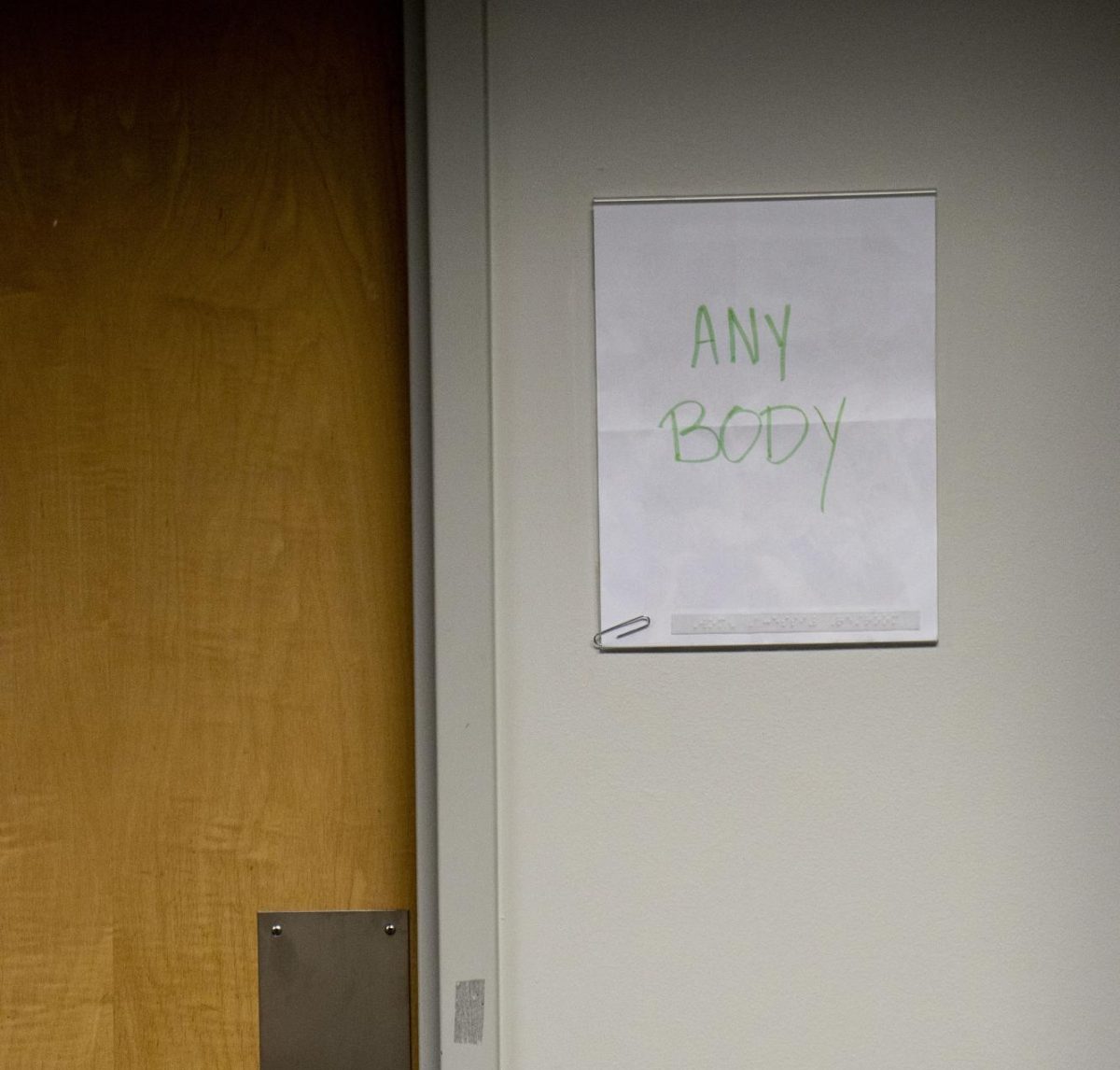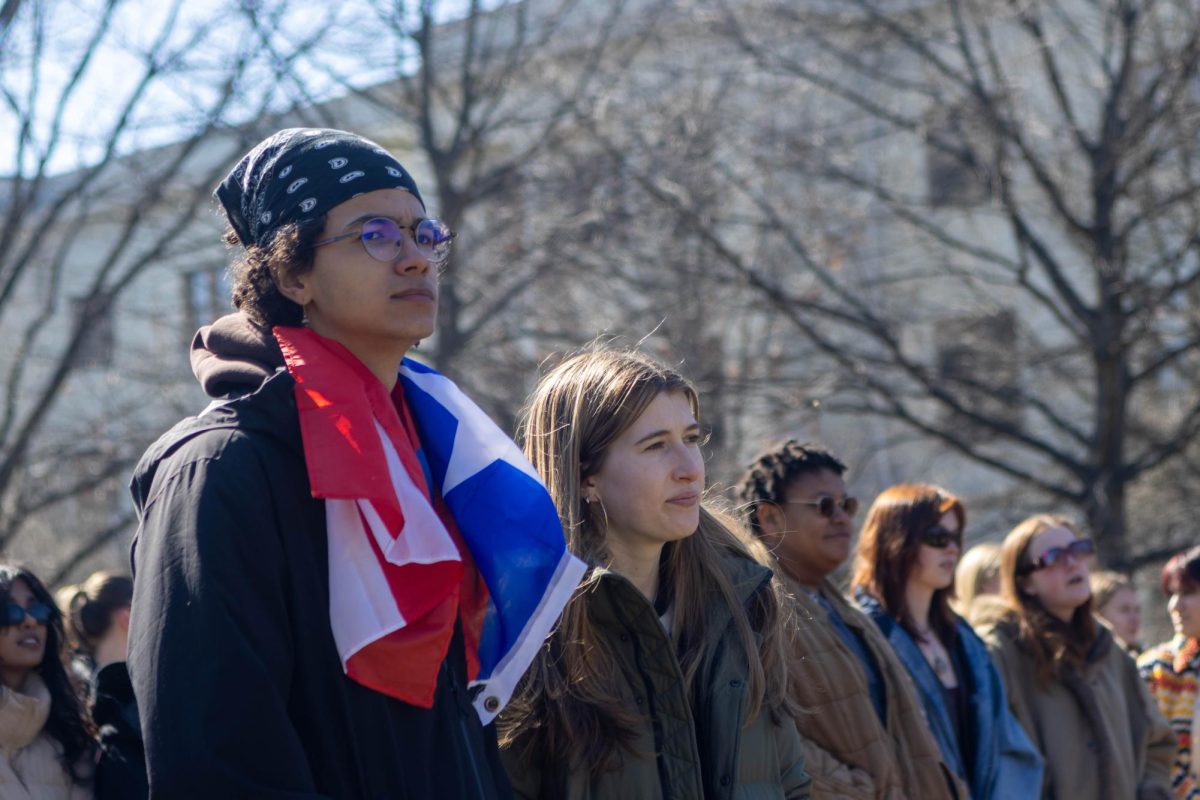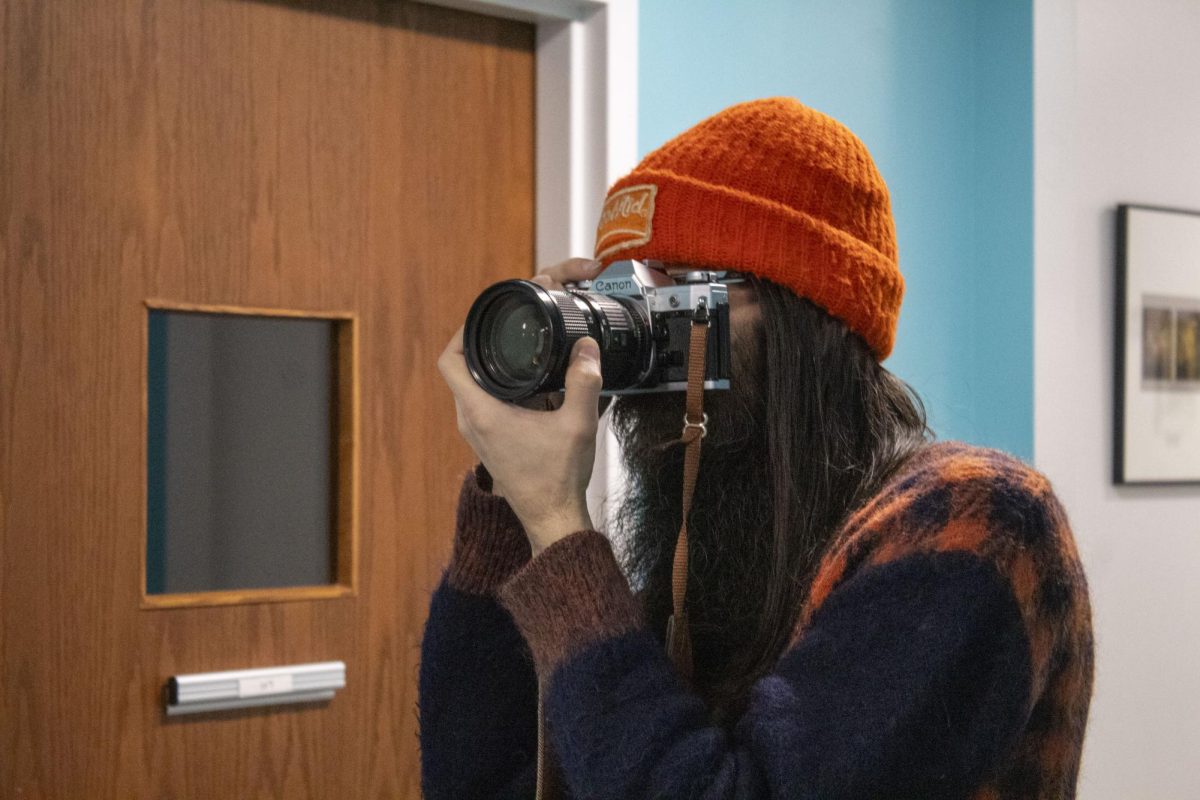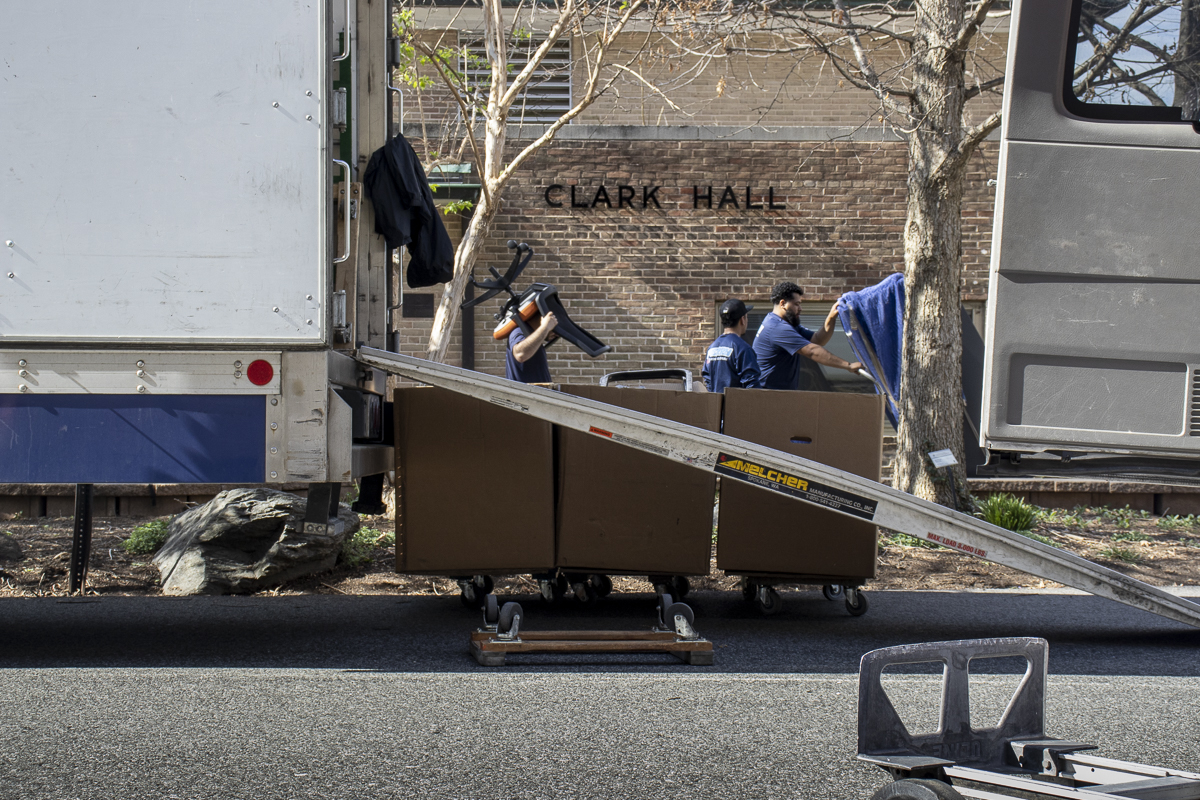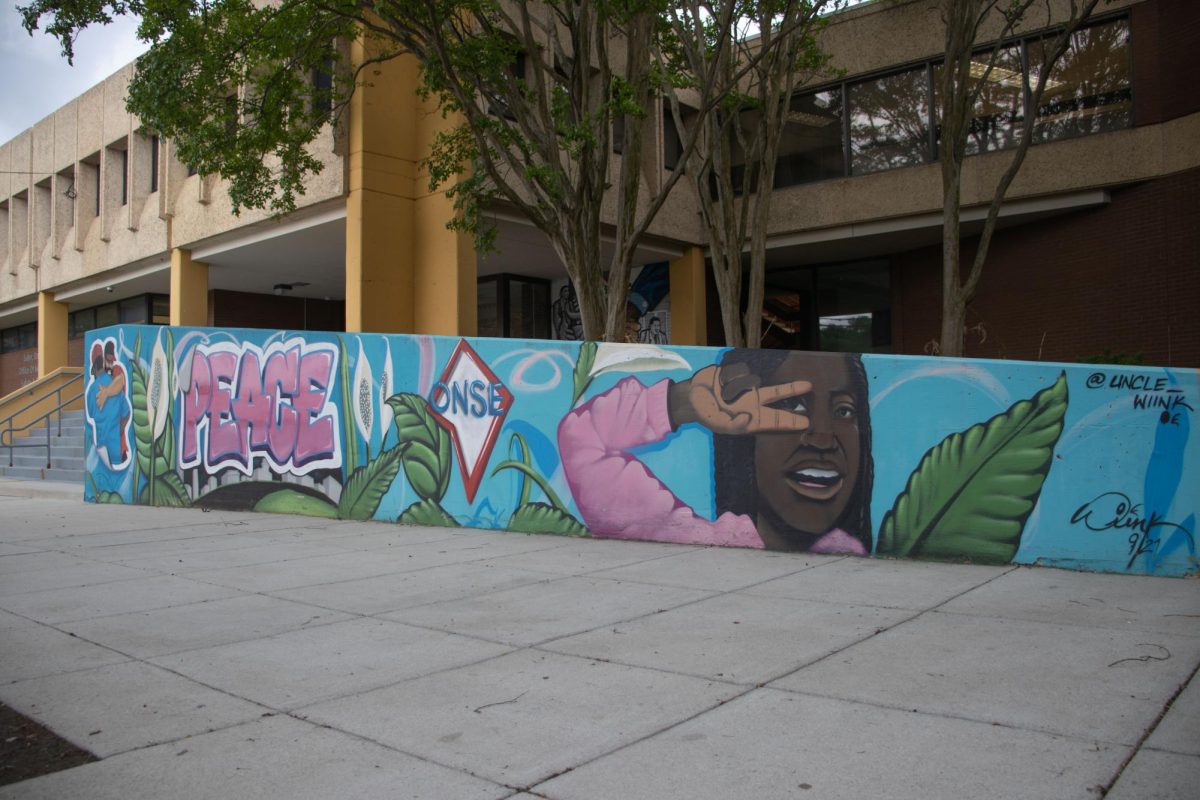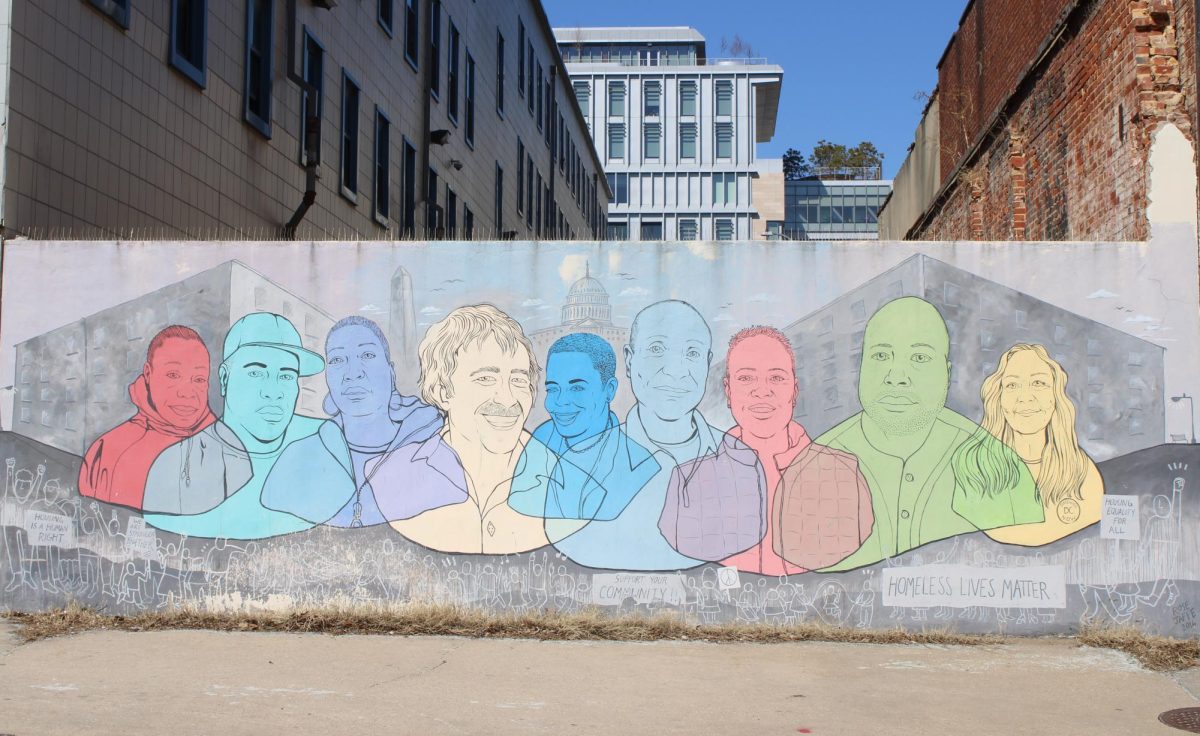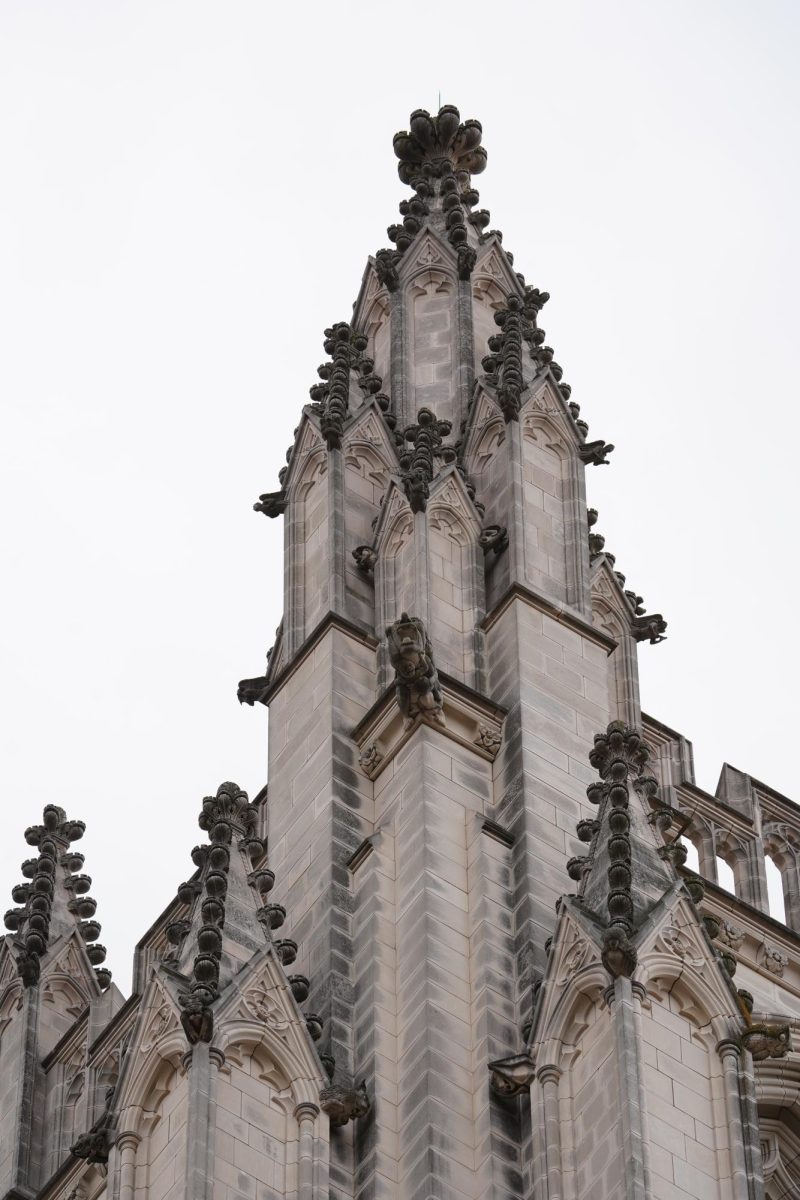When Cheryl Holcomb-McCoy, then outgoing dean of the American University School of Education, emailed SOE students in November 2024 to say the university would likely absorb their school into the College of Arts and Sciences, their emotions ranged from shock to fury to confusion. But not everyone was surprised.
“I wish I could say that I was surprised by the news from our dean this morning,” Gabriela Rupp, outreach and advocacy coordinator of the SOE Undergraduate Council, said in an interview on the day of the email. “But being an education student at AU, we’ve consistently had to contend with not being the most valued members of the school community, and this is another disappointing step in that direction.”
Holcomb-McCoy’s prediction did not come to pass. The university did not disband or collapse SOE. Instead, the school is set to be renamed as part of a large philanthropic gift from professor H. Kent Baker, which administrators discussed while education students protested for their school’s existence.
But even with independence secured, education students are still waiting for improvements to key services, and in light of the university’s budget deficit, are wary of future cuts to their school.
AUSG and advocacy
AU Student Government senators passed the Spring Valley Building Enhancement Act on Nov. 16, 2024, calling on administrators to improve food offerings, shuttle transportation and security between the main campus and the Spring Valley Building half a mile from campus, where SOE is housed. Paige Abbott, then-senator for SOE, cosponsored the resolution.
According to the resolution, the building’s Spring Valley Cafe closed in early 2023 because of low demand. It was replaced with Well Found Foods vending machines that sold prepared meals like sandwiches and salads, which were later removed as well, according to the resolution.
Vendors removed the machines because sales were low and too much product went unsold, according to an October 2024 email to AUSG Comptroller Salvatore Cottone from Mike Scher, assistant vice president for campus auxiliary services, provided to AWOL by current SOE UGC President Anna Russell.
“We have asked the registrar for scheduled class data to confirm scheduled class populations in the building,” Scher said in the email. “That will help us work with our vendors on potential solutions to bring to the Dining Advisory Board to get feedback on.”
Joe Molloy, the Fall 2023 SOE UGC president, said the vending machines were unpopular with students.
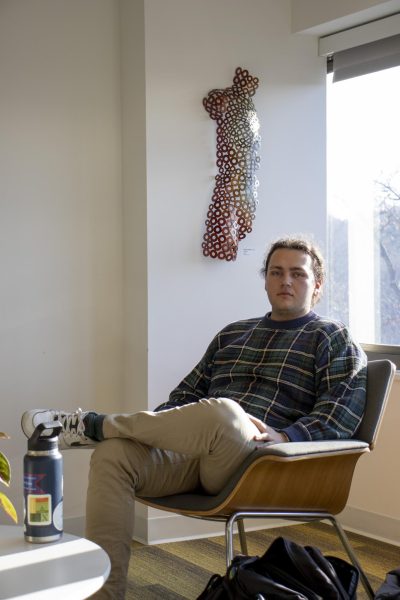
“From what I heard, they did not get good feedback,” Molloy said. “They were very expensive for the quality and the amount of food you were getting. That’s not really a viable option to charge students like $13 or $14 for one small sandwich and no drink or no side or anything.”
Molloy, a senior studying elementary education, created a survey in September 2023 to assess student satisfaction with dining options in the Spring Valley Building. Of the 69 respondents, 92.8% said they were dissatisfied with food options in Spring Valley, and 98.6% said they wanted to see options purchasable with meal swipes or dining dollars return to the building.
Sarah Johns, a senior studying elementary education, said she likes studying in the Spring Valley Building, but finding reasonably priced food in the area is difficult.
“If you want to eat in Spring Valley this year, I would say, ‘Pack a lunch,’” Johns said. “That’s what I have to do, aside from Starbucks and like, maybe Millie’s if you want to splurge.”
Millie’s, a restaurant across the street from the building, charges between $18 and $19 for a sandwich and between $26 and $32 for an entree as of May 7, according to its menu.
To access most of the university’s dining options, students could walk half a mile to main campus on an uphill stretch of Massachusetts Avenue mostly lined by trees and houses or use shuttle routes provided by the university.
The university’s two shuttle routes running to the Spring Valley Building are called the Red Express Route and the Green Route, according to the university’s shuttle services web page. The Red Express Route runs between the Spring Valley Building and the Tenleytown-AU Metro station, making intermediate stops along Nebraska Avenue. The Green Route connects Anderson Hall, East Campus and Spring Valley.
According to the November 2024 resolution, the Green Route regularly deviated from its itinerary, failed to wait until its scheduled departure time for riders at the Spring Valley Building and was rarely operational. The resolution also said the Red Express Route often overfilled after certain class periods.
Johns said relying on the shuttle in her first year at AU was difficult and was a reason why she brought her car to Washington in later semesters.
“It was really, really tough in the beginning of your spring semester because it got snowy and icy,” Johns said. “The Red Route wouldn’t run, and you would be walking. So you were walking downhill, or uphill, on ice or in snow.”
Molloy said he often walks to classes in Spring Valley. He said the Red Express Route in the past would often arrive late or fail to come at all.
“But I’m confident that with the Spring Valley enhancement bill, things are going to get better, because I’ve already seen the Green line start to show up more consistently,” Molloy said.
Russell said the shuttle service was unreliable but has improved since AUSG’s November 2024 resolution passed. She credits advocacy from representatives like Abbott and the SOE UGC for the change.
The inconsistent shuttles have also prompted concerns about safety from students. Molloy said most of his recent classes were taught in the evening from 5:30 p.m. to 8 p.m. because the instructors were part-time adjunct professors with day jobs.
“In previous years, I’ve had upwards of three 5:30 to 8 block classes during the week, which is very difficult sometimes,” Molloy said. “Especially with the less-than-stable transportation to and from Spring Valley with the use of the Red and the Green line.”
The AUSG resolution encouraged administrators and the AU Police Department to implement blue light emergency telephones along the half-mile walk from main campus to the Spring Valley Building.
Johns said the way back to main campus is dark at night. She said she would often walk back with a group of classmates on nights when the Red Express Route did not come.
“All the houses are dark and suburban,” Johns said. “It’s fine, but you’ll always hear your horror stories of ‘Don’t go walking anywhere at night by yourself.’”
Russell said over text message in April that she had not heard of any updates on the installation of blue lights since the bill’s passage in November 2024.
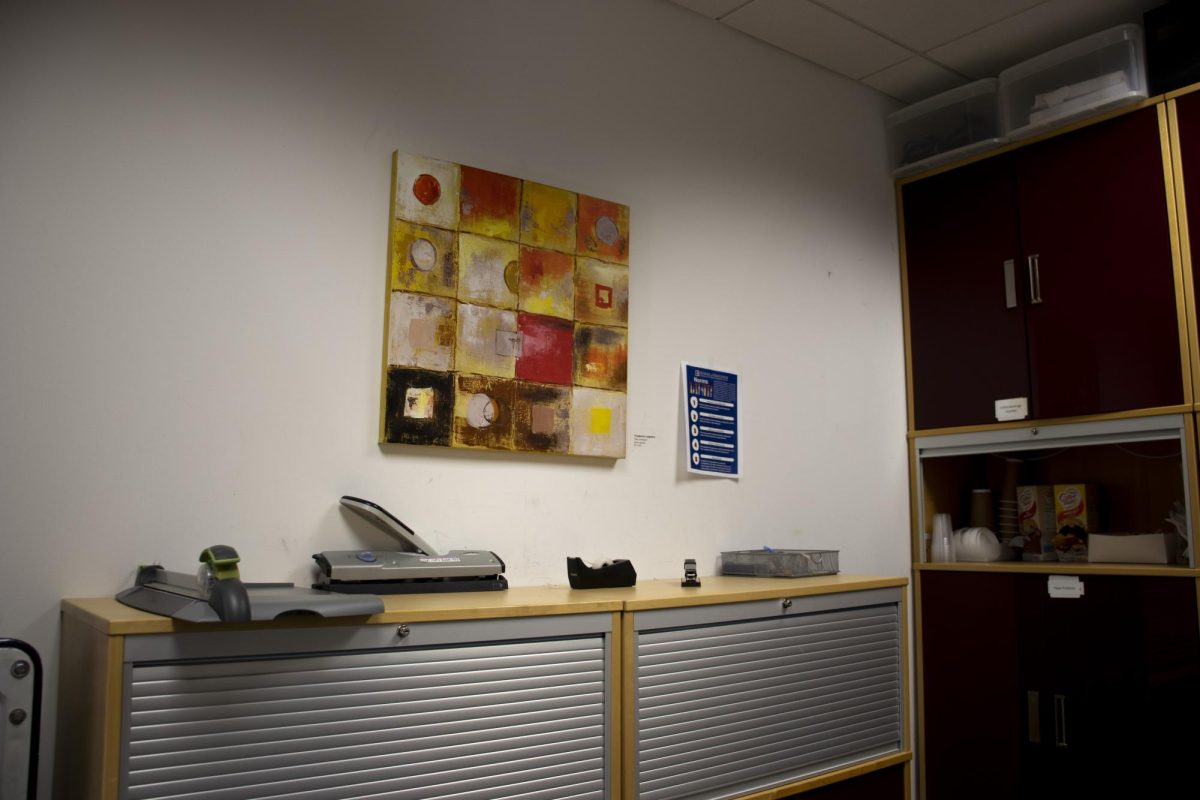
‘A stable place’
Since the announcement of Baker’s gift in February, education students’ attitudes have changed. Old problems remain, but there is no immediate reason to believe the school is in danger.
Russell said education students are now confident their school will remain independent but are unsure of what exactly independence means or when changes from Baker’s grant will be implemented.
“Overall, it does seem like SOE is a little bit more in a stable place,” she said. “For a while, we were responding to hits as they came and came in, and now it feels like we at least are able to plan moving forward.”
Rupp said SOE students are in a better place because of the advocacy that made their situation more visible.
“Just spreading the message beyond SOE is the big thing,” Rupp said. “So on the student side, we’ve been really active. We’ve been acting with a strong sense of urgency, so I think that has made a large impact.”
Russell said she had met students who had been at AU for years without realizing there was a School of Education. She said people often underestimate how difficult it is to become a teacher.
“It’s just those little things where a lot of people assume we go into this field because we’re not skilled academically, or didn’t have another option, that it’s an easy degree,” Russell said.
In a comment to AWOL, Assistant Vice President and Deputy Chief Communications Officer Elizabeth Deal said AU appreciates students who are using their voices to elevate their communities.
“The School of Education leadership team works closely with student representatives and university leadership to ensure students continue to have the resources and support they need to succeed,” Deal said.
The SOE task force, a group of SOE community members organized in late 2024 to advocate for the school, continues to meet regularly with Provost Vicky Wilkins, according to Russell.
Rupp, the undergraduate representative to the task force, said she is now advocating to reduce the immediate impact of possible budget cuts on student life.
In her initial email, Holcomb-McCoy said SOE would likely be one of the first areas the university would cut in response to a $60 million budget deficit. Chief Financial Officer, Vice President and Treasurer Bronté Burleigh-Jones has since said at an April 17 community forum that the university is projecting an operating deficit of over $80 million for the 2026 fiscal year.
At a Feb. 5 Faculty Senate meeting, Wilkins said the Office of Academic Affairs tasked schools with saving $23.8 million in costs across all schools, which amounted to cuts of around 10% to 15%.
Rupp said the university’s response to the budget deficit uniquely pressures SOE.
“The distinction is that SOE has been given the 10 to 15% budget cut — just like everyone else — and the threat of closure, the threat of restructuring, et cetera,” Rupp said. “So we’re trying to make sure we’re being treated on the same level as other academic units, and not being singled out in that way.”
Ava Ramsdale and Yuri Perelman contributed reporting to this article.
Editing by Stella Camerlengo, Caleb Ogilvie, Will Sytsma and Alexia Partouche.
